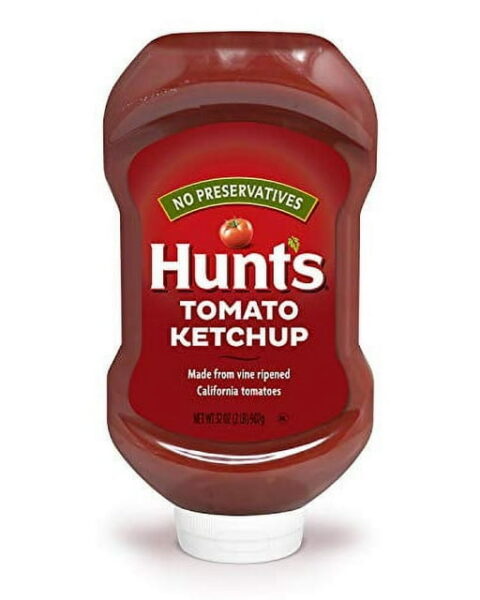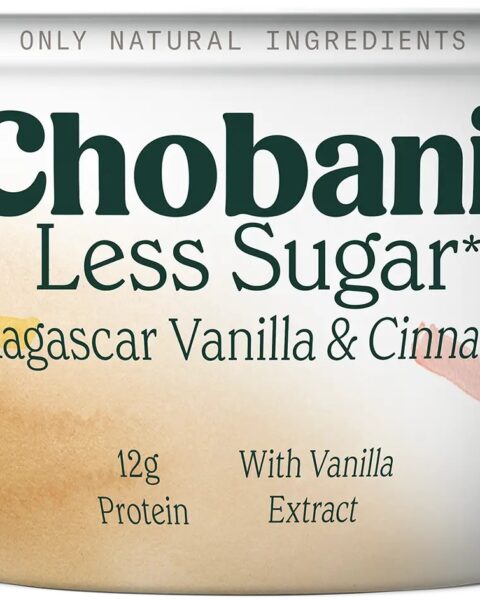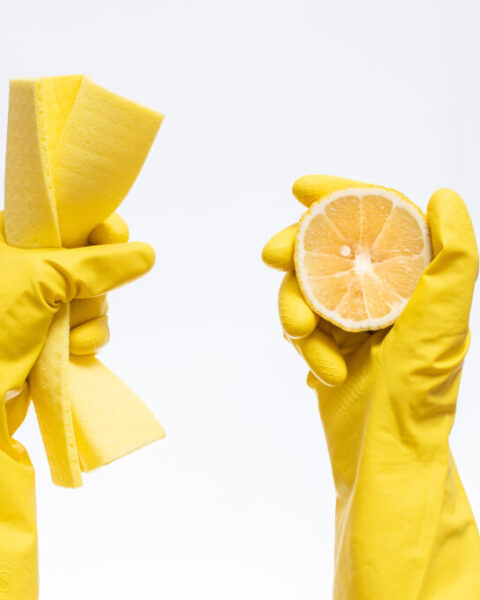You won’t believe the food history facts coming your way—trust me, they’re as wild as they sound. From jaw-dropping culinary twists to unbelievable historical quirks, they’re packed with surprises that might just make you question everything you thought you knew about your favorite dishes. Get ready for a tasty dose of history that’s as mind-blowing as it is fascinating!
Contents
- 1 Worcestershire Sauce’s Forgotten Recipe
- 2 The Invention of the Ice Cream Cone
- 3 Potato Chips’ Spiteful Origin
- 4 Lobster Was Once Prison Food
- 5 The Great Molasses Flood
- 6 Carrots Were Originally Purple
- 7 Cheese’s Serendipitous Start
- 8 The Origin of Coffee
- 9 The Tomato’s Tumultuous History
- 10 Marshmallows’ Medicinal Start
- 11 The Birth of French Fries
- 12 Origin of Fortune Cookies
- 13 Ketchup’s Fishy Past
- 14 Ancient Egyptian Bread
- 15 More From RetailShout
- 16 14 Healthy ALDI Finds for a Budget-Friendly Diet
- 17 20 Probiotic-Rich Foods to Support Digestive Wellness
Worcestershire Sauce’s Forgotten Recipe

The recipe for Worcestershire sauce was created by chemists John Lea and William Perrins in the early 19th century. They initially found the sauce unpalatable and left it in a basement. When they rediscovered it years later, the aging process had transformed it into the beloved condiment we know today.
The Invention of the Ice Cream Cone

During the 1904 World’s Fair in St. Louis, an ice cream vendor ran out of cups. Nearby, a waffle maker rolled his waffles into cones to help the vendor serve his ice cream. This creative solution led to the invention of the ice cream cone.
Potato Chips’ Spiteful Origin
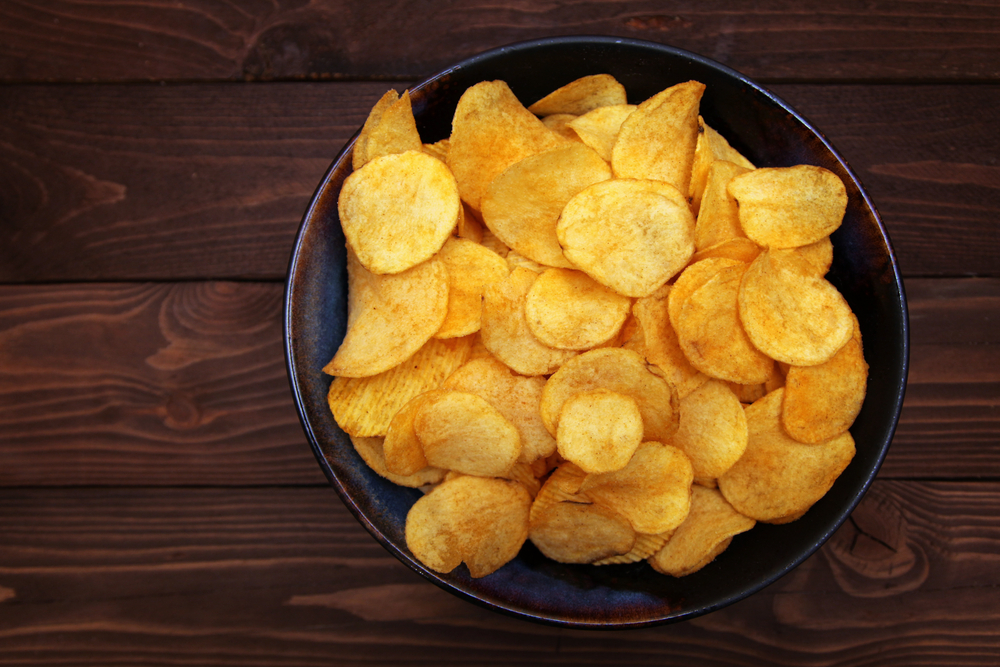
In 1853, chef George Crum created potato chips in Saratoga Springs, New York. After a customer complained that his fries were too thick, Crum sliced them paper-thin and fried them to a crisp out of spite. The customer loved them, and potato chips were born.
Lobster Was Once Prison Food

In colonial America, lobsters were so abundant that they were considered low-class food, often fed to prisoners, indentured servants, and slaves. Coastal towns had laws against feeding prisoners lobster more than three times a week, as it was seen as a punishment. Over time, with improved transportation and culinary techniques, lobster transformed into a luxury food item enjoyed by the wealthy.
The Great Molasses Flood

On January 15, 1919, a storage tank holding 2.3 million gallons of molasses burst in Boston, causing a wave of molasses to flood the streets at an estimated 35 miles per hour. The disaster killed 21 people, injured 150, and caused significant property damage. The event is known as the Great Molasses Flood or the Boston Molasses Disaster.
Carrots Were Originally Purple

The original carrots, cultivated in the region of modern-day Afghanistan over 1,000 years ago, were purple. It wasn’t until the 17th century that Dutch farmers selectively bred carrots to develop the orange variety we know today, in honor of the Dutch royal family, the House of Orange. This shift to orange carrots became popular due to their sweeter taste and more visually appealing color.
Cheese’s Serendipitous Start
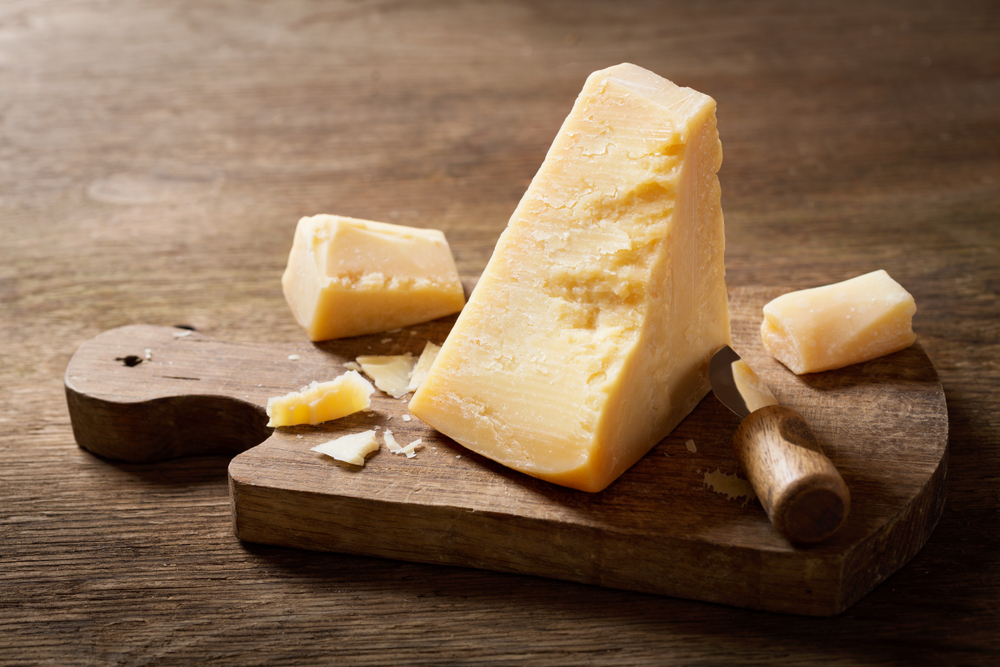
Cheese-making likely began over 7,000 years ago in the Middle East. According to legend, it was discovered accidentally when milk stored in containers made from animal stomachs curdled due to the rennet enzyme present in the stomach lining. This process separated the milk into curds and whey, creating the first forms of cheese. Cheese-making techniques have since evolved, resulting in the diverse array of cheeses enjoyed today.
The Origin of Coffee

Coffee’s discovery is attributed to an Ethiopian goat herder named Kaldi. Legend has it that Kaldi noticed his goats became unusually energetic after eating the berries from a certain tree. He shared his findings with a local monastery, where monks used the berries to create a drink that helped them stay awake during long prayers. Coffee’s popularity spread to the Arabian Peninsula, and from there, it traveled to Europe and beyond.
The Tomato’s Tumultuous History
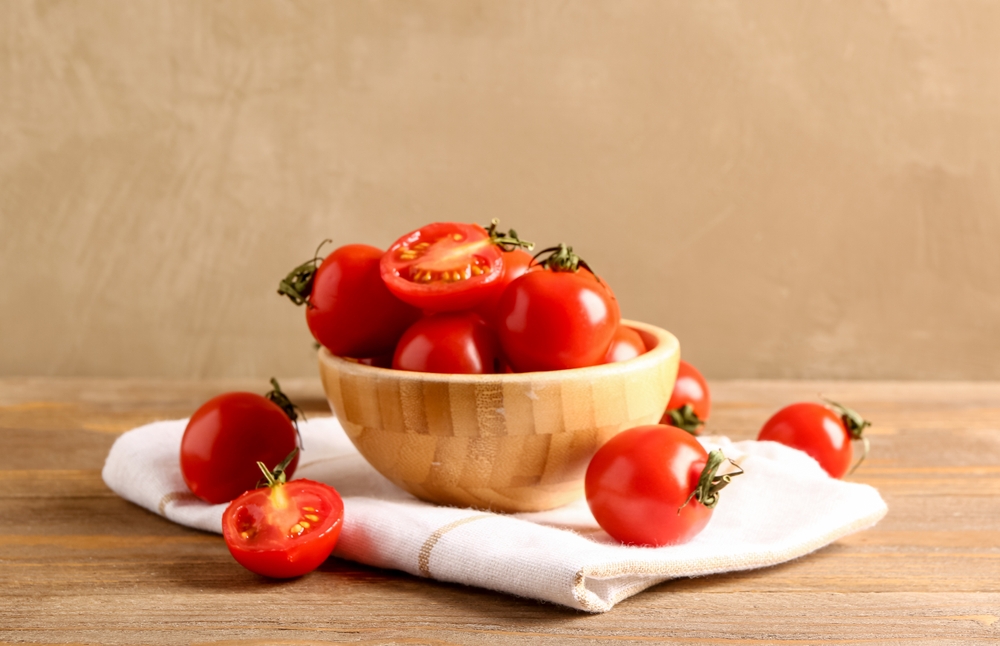
Tomatoes, native to the Americas, were introduced to Europe in the 16th century. Initially, they were considered ornamental plants and were feared to be poisonous due to their resemblance to deadly Nightshade. It wasn’t until the 18th century that they became widely accepted as food. Today, tomatoes are a cornerstone of cuisines worldwide, particularly in Italian cooking.
Marshmallows’ Medicinal Start
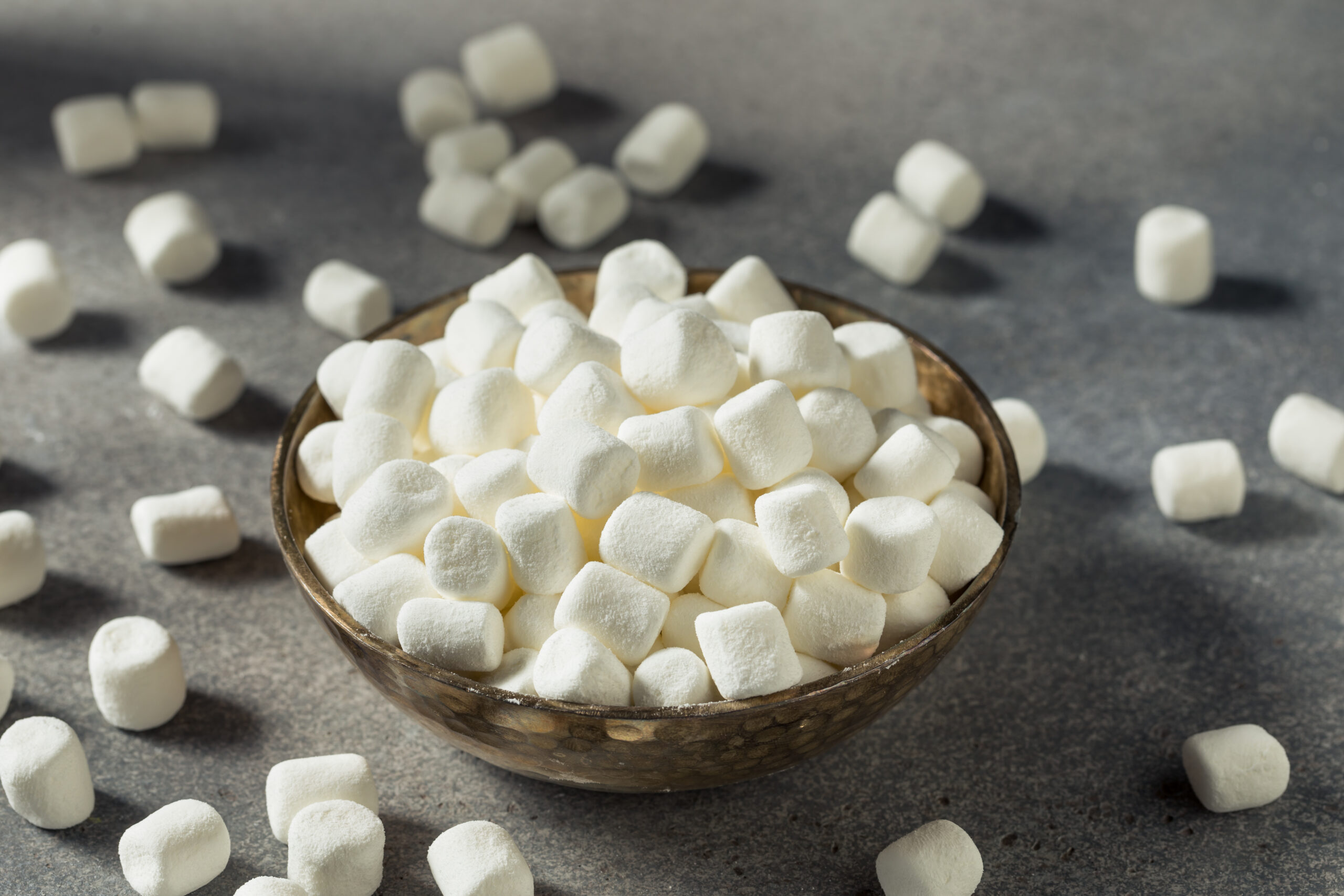
Ancient Egyptians used the root sap of the marshmallow plant (Althaea officinalis) to create a honey-sweetened confection for soothing sore throats and healing wounds. By the 19th century, French confectioners replaced the sap with gelatin and whipped it with sugar to create the fluffy, sweet treat we enjoy today. Marshmallows are now a popular ingredient in desserts and snacks.
The Birth of French Fries
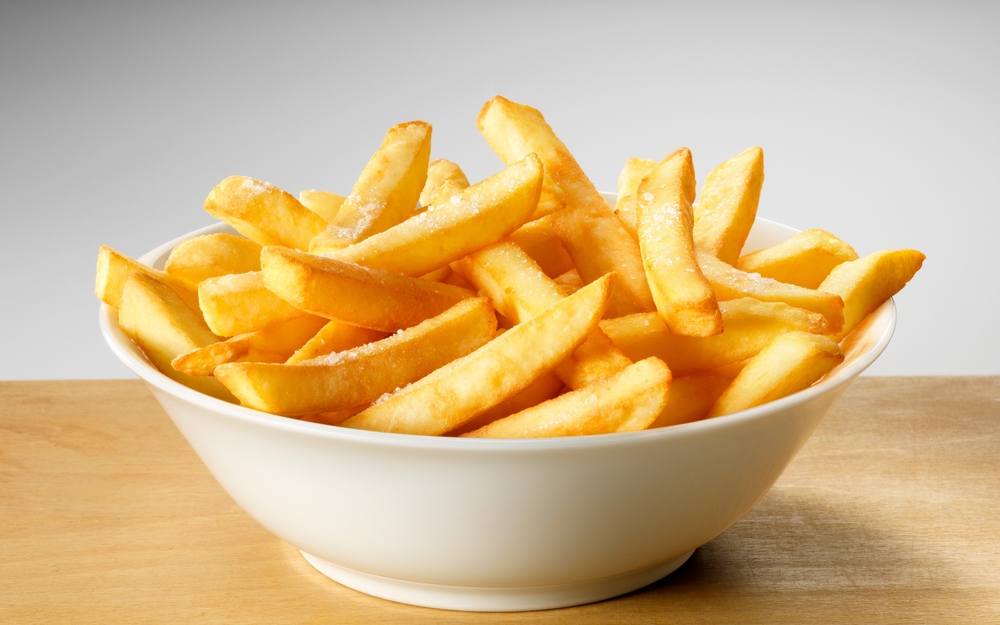
Despite their name, French fries are believed to have originated in Belgium. Belgian villagers in the Meuse Valley reportedly fried small fish as a staple food. When the river froze in winter, they used potatoes as a substitute, slicing and frying them. American soldiers encountered these “French” fries during World War I and brought the concept back to the United States.
Origin of Fortune Cookies

The modern fortune cookie, often associated with Chinese cuisine, was actually invented in California. In the early 20th century, Japanese immigrants in San Francisco created these cookies, drawing inspiration from traditional Japanese rice crackers. They added small paper fortunes inside, and the cookies became a staple in Chinese restaurants across the United States.
Ketchup’s Fishy Past
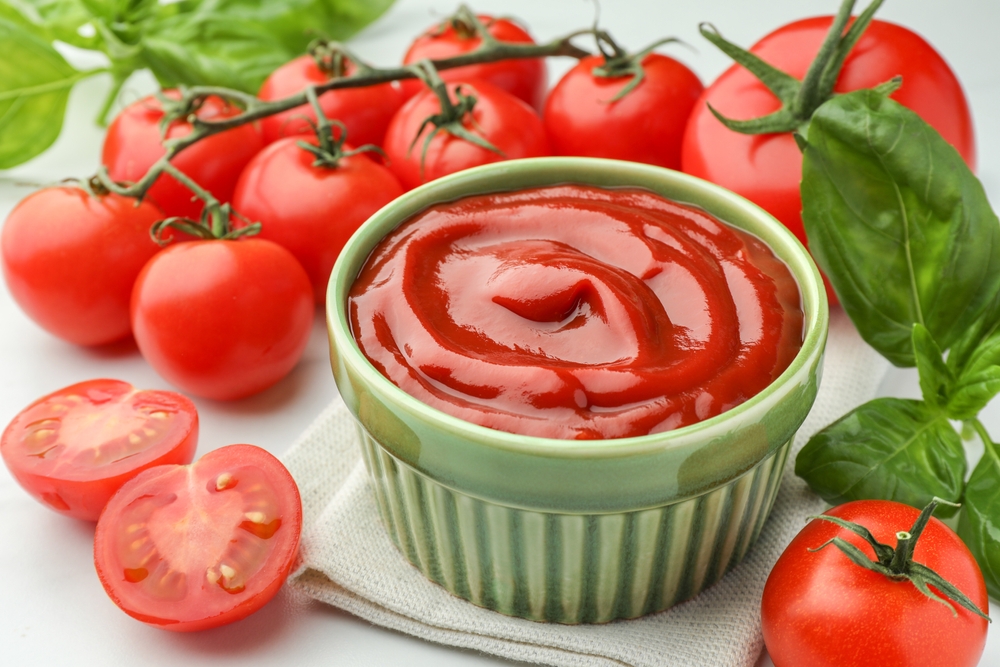
The original ketchup, known as “kē-tsiap,” was a fermented fish sauce used in China as early as 300 BC. It was brought to Europe by traders in the 17th century, where it underwent numerous adaptations. The tomato-based version that we recognize today was developed in the early 19th century in the United States, and it has since become a global condiment.
Ancient Egyptian Bread

The Egyptians are credited with some of the earliest forms of bread-making. Around 2600 BC, they discovered that wild yeasts could ferment dough, causing it to rise and become fluffy. Bread was a staple in their diet, and various forms of it were found in tombs, indicating its importance not just in life but also in the afterlife. The bread was often accompanied by beer, another significant product of fermentation in ancient Egypt.
This article originally appeared on RetailShout.
More From RetailShout
20 Delicious Fruits to Help Support a Strong Immune System
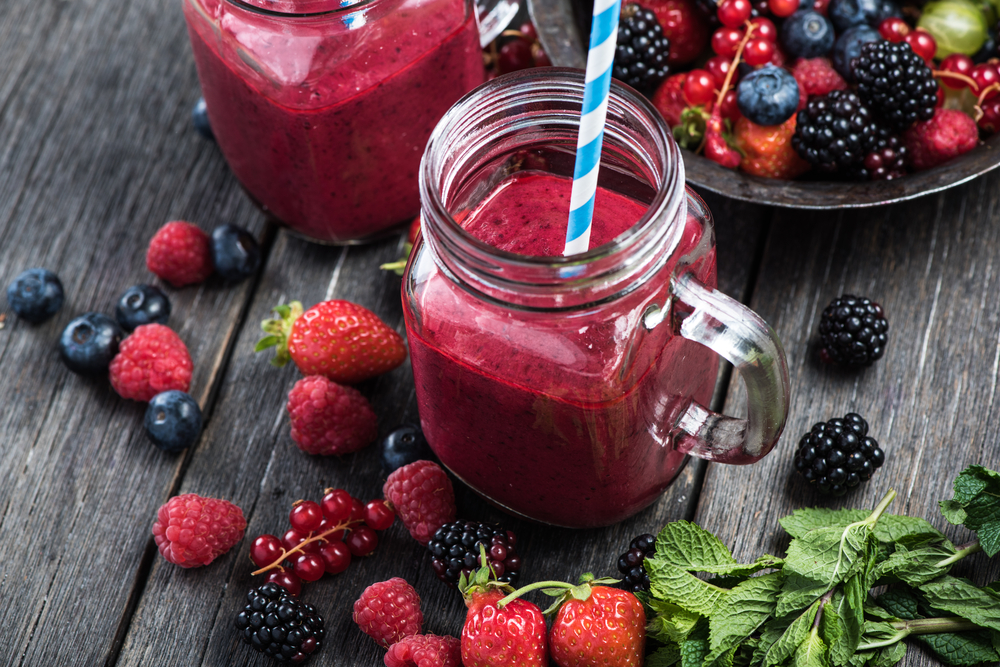
Your immune system is your body’s frontline defense against illness. Luckily, nature provides a bounty of fruits that can help fortify this essential system. Read More.
14 Healthy ALDI Finds for a Budget-Friendly Diet

Eating healthy doesn’t have to cost a fortune, especially when you know where to shop. ALDI is a hidden gem for those looking to fill their cart with nutritious options without breaking the bank. Read More.
20 Probiotic-Rich Foods to Support Digestive Wellness

Maintaining a healthy gut is crucial for overall well-being, and one of the best ways to support your digestive system is by incorporating probiotic foods into your diet. Probiotics are live microorganisms that provide numerous health benefits, particularly for your gut flora. Read More.



